A brief history of Western art PART VI
From Color Field to Conceptualism
The last part of my brief history of Western art is containing several of the most popular movements of the 20th century. All these styles are still popular among modern artists and continue to develop. Art is transforming all the time, artists explore the existing and discover new ways of seeing the world. Modern art can be very confusing by its simplified form and unconventional representation. It's blurring the definitions of right and wrong by challenging the public and exploring the mind.
Colour Field developed in New York around the '40s. This art is known for its wide stripes of colors. Painters made an accent on the colors and not the form. They used colors to reflect the basic emotions. These paintings suppose to provoke reflection, contemplation, and meditation. It was a spiritual movement that was supposed to invoke emotional reactions from the viewer. Artists believed that color field art could release the unconscious energy previously released in people by symbols and rituals.
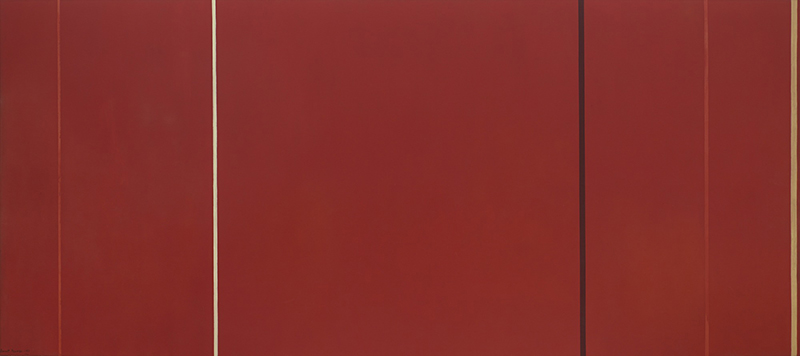
After the Second World War the mass production, radio, and TV spreading led to Pop Art development. It was about discussion of modern culture and society. Mass culture was the opposite of high culture. A group of artists was interested in a new era of consumerism. Pop Art is all about using the simple mass products and symbols, so anyone can understand it. The idea was to blur lines between art and commercial. It's optimistic and fun and embraced the modern generation. It also may contain political views.
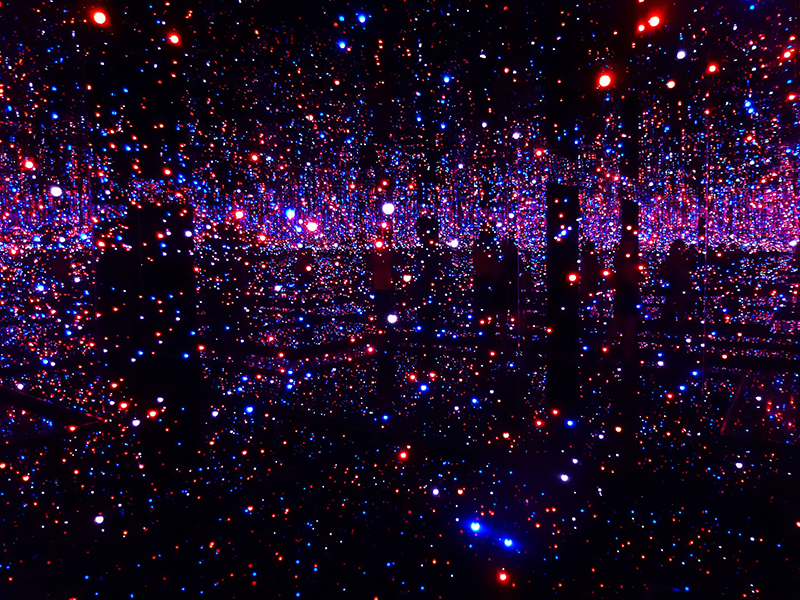
Around the 60's artist started to blur the definition of art and galleries. Performances became a form of art to occur in front of the viewer. It’s a sort of protest from classical forms of art. It may be witnessed live or through documentation, spontaneously developed or written. Performances sometimes can be fun, weird, or feel nonsensical. It involves four basic elements: time, space, body, and presence of the artist, and the relation between the creator and the public.
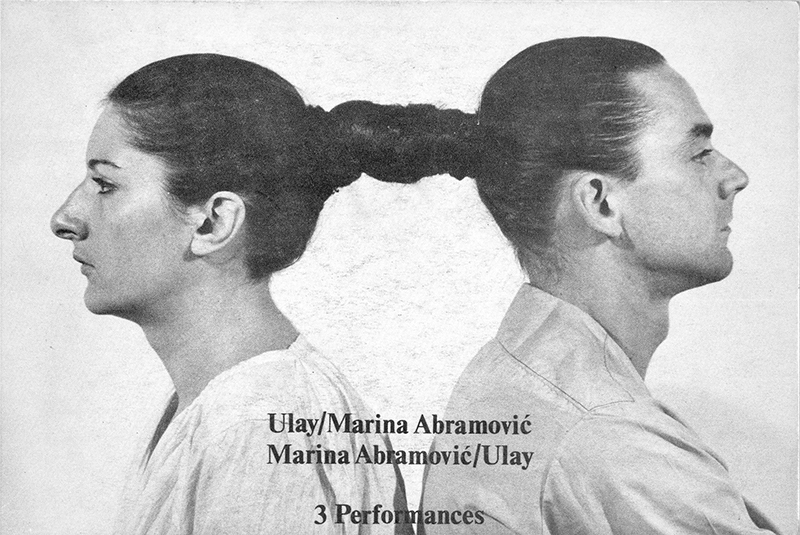
Term minimalism was not new but became popular in the 60s. It developed in New York in contrast to abstract expressionism. The main idea was to use modern materials and technics that allowed the creation of straight, precise lines. Sculptors and painters use mathematics proportions to influence the perception of space. There was no intention to provoke emotions.
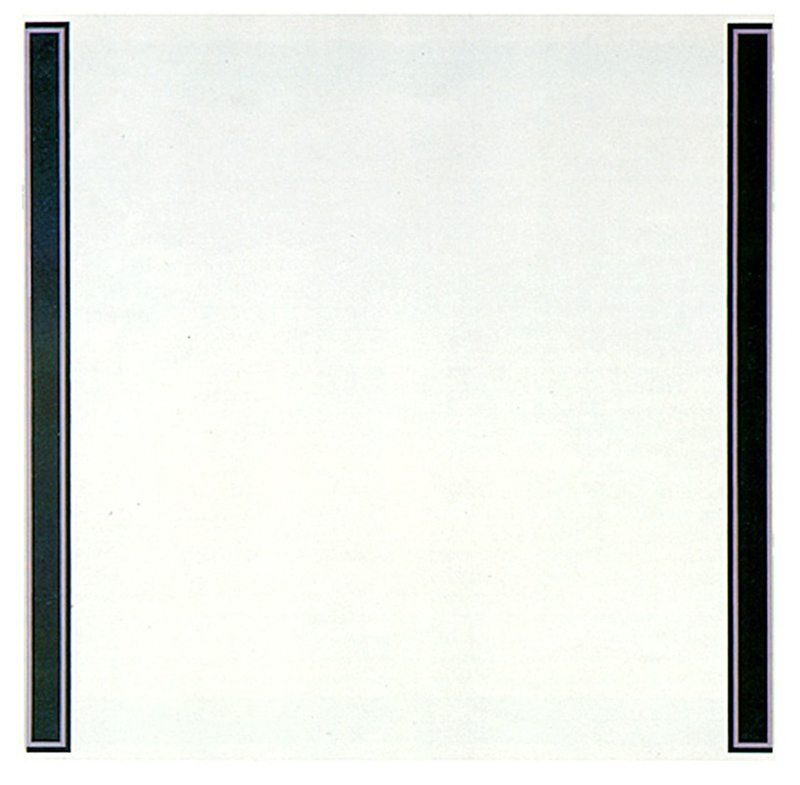
The last style of art it's a general term for several types of art. Conceptualism comes against all art rules and believes that art is a highly valuable esthetic creation. Conceptual artists believe the most important thing in art is the idea. The visual representation of the idea is secondary and not so important. Conceptual art can be anything from small and naive to grandiose and shocking. The main goal is to make art more available to regular people and expand the boundaries of perception.
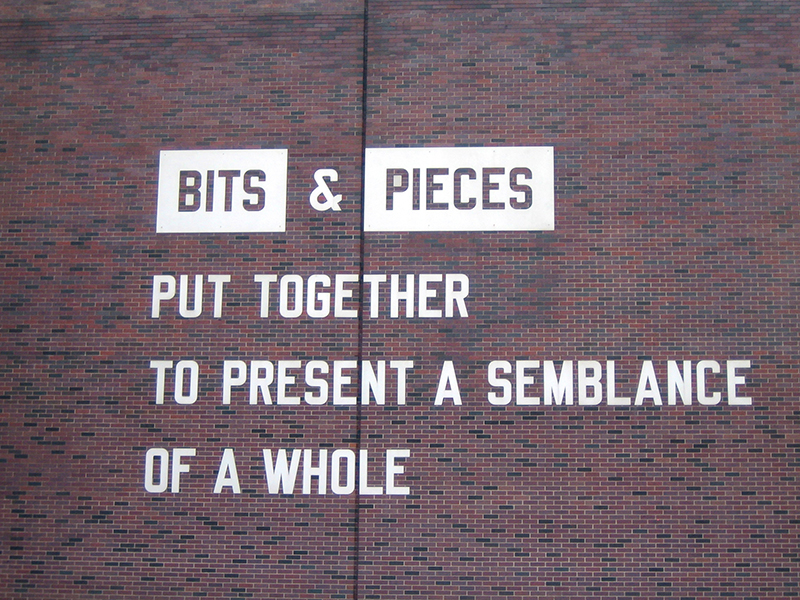
A BRIEF HISTORY OF WESTERN ART PART V